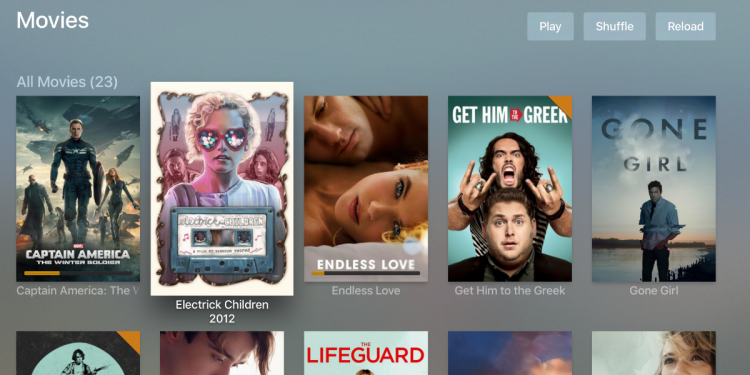I don’t consider myself an “Apple person.” Why? Because the Apple ecosystem feels like a really pleasant prison, with the Apple faithful locked inside, and all of my non-Apple based products locked outside. Including my media server.
It seems, however, that someone from the inside may have dug a small tunnel with the development equivalent of a spork found in the cafeteria, allowing me to once again talk to the movies and music on my non-Apple media machines. That prisoner’s name is Elan Feingold, a lead developer at Plex.
Plex is a personal media server and streaming service, which allows users to access their music and movie files from a network attached storage device (NAS) or PC. These files can then be streamed to a number of devices, such as another laptop or desktop. Plex also supports streaming to several popular set-top devices, such as the Amazon Fire TV, Google Chromecast, Roku, PlayStation 4, and Xbox One. The initial service is free, but Plex offers premium service plans at $5 per month, $40 per year, and $150 for a lifetime subscription.
Some of Plex’s competitors include Kodi (which is an open source project that was once known as the Xbox Media Center), Emby, and Tversity.
Feingold released an interesting blog post discussing some of the challenges the team faced while leaping onto the new Apple TV platform.
“The instant the fourth generation Apple TV was announced with an app store, we here at Plex pumped our fists in the air with excitement, as we raced to download the new Xcode and read the developer documentation. Our immediate goal was to be on the platform at launch, which means we didn’t have much time. What we did have was a clean modern iOS codebase for our new app.”
The challenge included making a hard decision on which language and protocol to adopt in porting the service’s UI over.
“We had some tough choices to make. The new platform allowed for two very different ways to build apps, each with distinct advantages and disadvantages. The easiest was TVML, which is a custom markup language evolved from the earlier version present on previous generations of the device. TVML is a markup language for media interfaces, meaning that it’s incredibly easy to make the beautiful screens you’re accustomed to seeing in the Apple apps. On the other hand, they allowed running full native code, which was obviously essential for games, and provided the highest level of control.
We timeboxed two days of prototyping using both technologies, and quickly realized that a beautiful native-looking UI build with the native SDK would take much longer than using TVML. On the other hand, the limitations around the TVML media players led us to want to use our native code from the iOS app.
Fortunately, Apple makes it incredibly easy to bridge between the TVML/Javascript world, and the native world. So we worked hard to combine the best parts of both into the nascent app. We formed a small team which combined a handful of engineers and designers across four countries and as many timezones, who literally worked around the clock (thanks, round planet!).”
In the end, consumers that run media servers through Plex can now add the new Apple TV as a potential living room set-top option.


